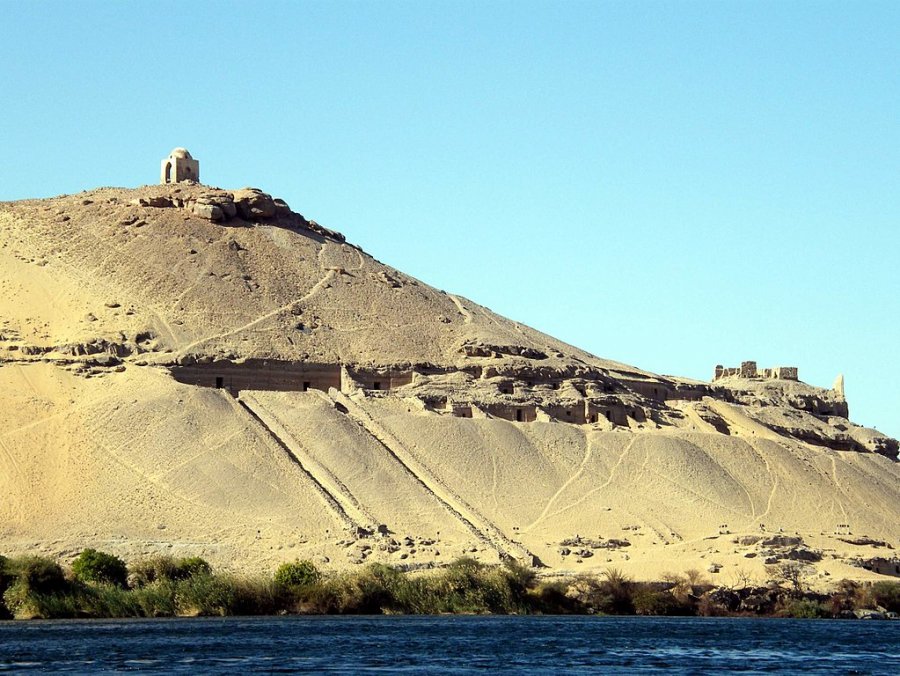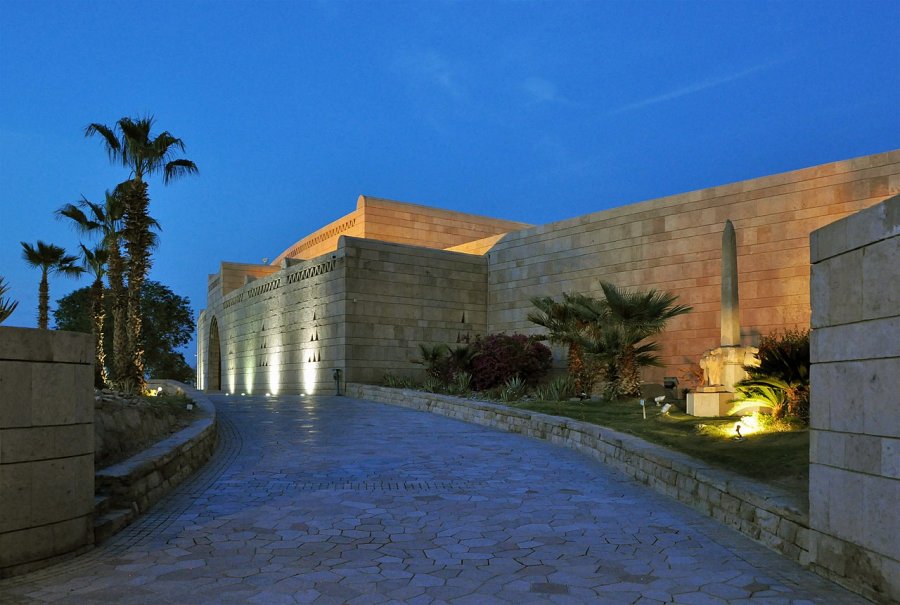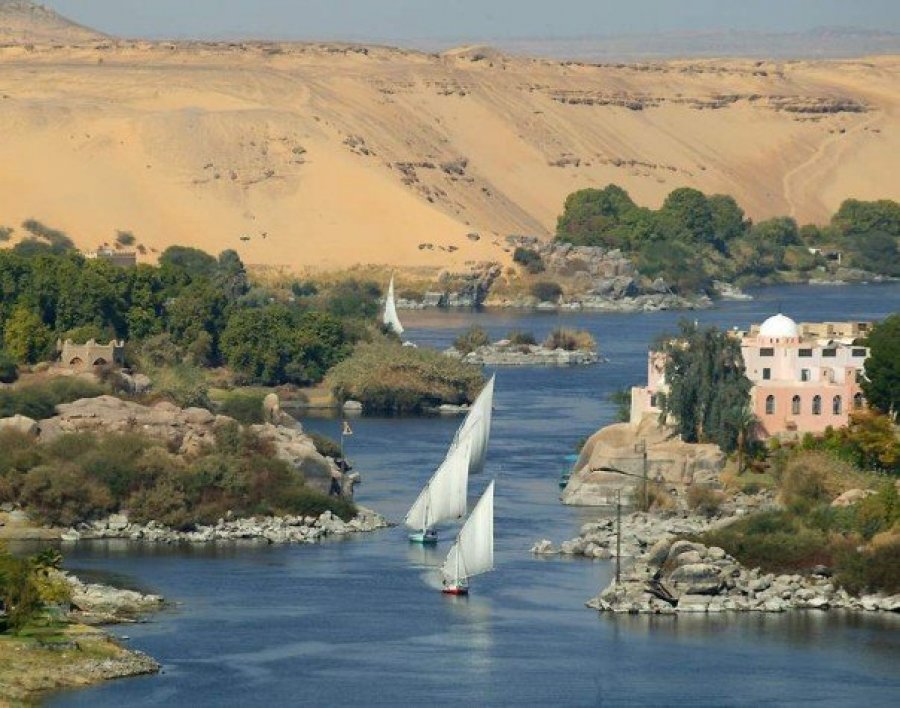
- Company Profile
-
Egypt Ala CarteEgyptCairoAlexandriaSharm El ShiekhHurghadaAin El SokhnaNew ValleyLuxorAswanMarsa AlamUpper EgyptSant CatherineTabaSoma BayEl GounaSahal HasheeshEl QuseirDahabSiwaFayoum
- Travel Services
HotelsNile CruisesGolfSafariExcursionsMiceMeet AssistAhlan Airport ServicesAviation- Holidays
Niche TourismHoneymoonerReligious TourismWellnessHajjUmrah- International Travel
Aswan

Aswan Details
Aswan is a city in the south of Egypt, and is the capital of the Aswan Governorate.
Aswan is a busy market and tourist centre located just north of the Aswan Dam on the east bank of the Nile at the first cataract. The modern city has expanded and includes the formerly separate community on the island of Elephantine.
The city is part of the UNESCO Creative Cities Network in the category of craft and folk art.
Aswan is the ancient city of Swenett, later known as Syene, which in antiquity was the frontier town of Ancient Egypt facing the south. Swenett is supposed to have derived its name from an Egyptian goddess with the same name.
This goddess later was identified as Eileithyia by the Greeks and Lucina by the Romans during their occupation of Ancient Egypt because of the similar association of their goddesses with childbirth, and of which the import is "the opener".
The ancient name of the city also is said to be derived from the Egyptiansymbol .
Because the Ancient Egyptians oriented themselves toward the origin of the life-giving waters of the Nile in the south, and as Swenett was the southernmost town in the country, Egypt always was conceived to "open" or begin at Swenett.
The city stood upon a peninsula on the right (east) bank of the Nile, immediately below (and north of) the first cataract of the flowing waters, which extend to it from Philae.
Navigation to the delta was possible from this location without encountering a barrier.
The stone quarries of ancient Egypt located here were celebrated for their stone, and especially for the granitic rock called Syenite. They furnished the colossal statues, obelisks, and monolithal shrines that are found throughout Egypt, including the pyramids and the traces of the quarrymen who worked in these 3,000 years ago are still visible in the native rock. They lie on either bank of the Nile, and a road, 6.5 km (4.0 mi) in length, was cut beside them from Syene to Philae.
Swenett was equally important as a military station as a place of traffic. Under every dynasty, it was a garrison town, and here tolls and customs were levied on all boats passing southwards and northwards. Around 330, the legion stationed here received a bishop from Alexandria; this later became the Coptic Diocese of Syene.
The city is mentioned by numerous ancient writers, including Herodotus, Strabo, Stephanus of Byzantium, Ptolemy, Pliny the Elder, Vitruvius, and it appears on the Antonine Itinerary.
Lastest News
-
Romance Hotel & Aqua Park
Minerva Travel & tours
-
EGYPT TRAVEL EXPERTS
Minerva Travel & tours
-
Study Tour Polish Market With Safir Hotel & Movenpick MS Hamees Nile Cruise
Minerva Travel & tours
-
فندق لـــيدر المنى كريم
Minerva Travel & tours
-
El Gouna Residence
Minerva Travel & tours
Email to friend
You need to Login to add item in your wish list
- Travel Services










